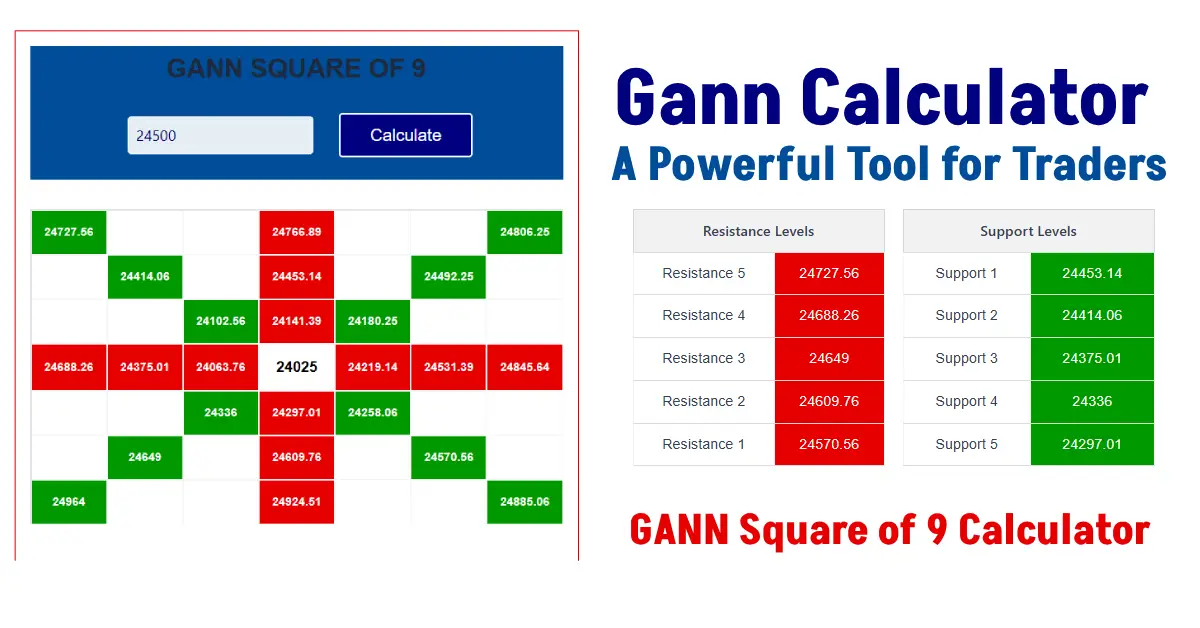Investing in the stock market can feel like learning a new language. With so many terms and concepts to understand, it’s easy to feel overwhelmed. But don’t worry—whether you’re a beginner or just need a refresher, this guide breaks down 99 essential stock terms in simple, easy-to-understand language. Think of this as your cheat sheet to navigating the world of investing with confidence. Let’s dive in!
99 essential stock market terms in Alphabetical Order
You will love this if you are a serious trader-Download Candlestick Pattern Cheat Sheet
- 401(k): A retirement savings plan offered by employers.
- Asset: Something of value owned by a company or individual.
- Asset-Backed: Securities backed by assets like car loans.
- Ask: The price a seller is willing to accept for a stock.
- Balance Sheet: A snapshot of a company’s assets, liabilities, and equity.
- Bid: The price a buyer is willing to pay for a stock.
- Bid-Ask Spread: The difference between the bid and ask price.
- Biotech Stock: A stock in the biotechnology industry.
- Bond: A loan to a company or government that pays interest.
- Brokerage: A firm that facilitates the buying and selling of investments.
- Buy and Hold: A strategy of buying stocks and holding them long-term.
- Capital Gain: Profit from selling an investment at a higher price.
- Capital Loss: Loss from selling an investment at a lower price.
- Cash Flow: The amount of cash moving in and out of a business.
- Commission: A fee charged by a broker for executing trades.
- Commodity: Raw materials like gold, oil, or wheat.
- Compound Interest: Earning interest on both your initial investment and accumulated interest.
- Contrarian: An investor who goes against market trends.
- Currency: Money used as a medium of exchange.
- Defensive Stock: A stock that performs well in economic downturns.
- Derivative: A financial instrument derived from an asset.
- Diversification: Spreading investments to reduce risk.
- Dividend: A portion of a company’s profits paid to shareholders.
- Dividend Yield: The annual dividend divided by the stock’s price.
- Double Bottom: A chart pattern signaling a potential reversal after two lows.
- Double Top: A chart pattern signaling a potential reversal after two peaks.
- EMA: Exponential Moving Average, a type of moving average.
- Emergency Fund: Savings set aside for unexpected expenses.
- Equity: Ownership in a company, often represented by shares.
- ETF: Exchange-Traded Fund, a basket of securities traded like a stock.
- EV/EBITDA: Enterprise Value to Earnings Before Interest, Taxes, Depreciation, and Amortization.
- Expense Ratio: The annual fee charged by a mutual fund or ETF.
- Falling Wedge: A bullish pattern where prices fall within converging lines.
- Fear: An emotion that can drive market sell-offs.
- Float: The number of shares available for trading.
- Futures: Contracts to buy or sell assets at a future date.
- Fund Load: A fee charged when buying or selling mutual funds.
- Fundamentals: Analysis of a company’s financial health.
- Greed: An emotion that can drive market bubbles.
- Growth Stock: A stock expected to grow faster than the market.
- Head and Shoulders: A reversal pattern with a peak (head) between two smaller peaks (shoulders).
- Iceberg Order: A large order split into smaller ones to avoid moving the market.
- Income Statement: A report showing a company’s revenues and expenses.
- Index Fund: A fund that tracks a specific market index.
- Indicator: A tool used to predict market movements.
- IRA: An Individual Retirement Account for personal savings.
- IRS: The U.S. government agency responsible for tax collection.
- Large Cap: A company with a market cap over $10 billion.
- Liability: A financial obligation or debt.
- Limit Order: An order to buy or sell at a specific price or better.
- Liquidity: How easily a stock can be bought or sold without affecting its price.
- Long: Buying a stock with the expectation it will rise.
- Long/Short: Going long means buying a stock; going short means betting it will fall.
- MACD: A technical indicator showing momentum.
- Market Cap: The total value of a company’s outstanding shares.
- Market If Touched: An order to buy or sell if the stock reaches a specific price.
- Market Index: A measure of a section of the stock market.
- Market Order: An order to buy or sell immediately at the best available price.
- Mega Cap: A very large company with a market cap over $200 billion.
- Micro Cap: A small company with a market cap under $300 million.
- Mid Cap: A company with a market cap between 2 billion and 10 billion.
- Momentum: The speed at which a stock’s price is moving.
- Mortgage-Backed: Securities backed by mortgage loans.
- Muni Bond: A bond issued by a local government.
- Mutual Fund: A pooled investment managed by professionals.
- Options: Contracts giving the right to buy or sell at a set price.
- Pairs Trade: A strategy of buying one stock and shorting another in the same sector.
- P/B Ratio: Price-to-Book ratio, comparing stock price to book value.
- P/E Ratio: Price-to-Earnings ratio, used to value stocks.
- P/FCF Ratio: Price-to-Free Cash Flow ratio, measuring cash flow.
- P/S Ratio: Price-to-Sales ratio, comparing stock price to revenue.
- Portfolio: A collection of investments owned by an individual.
- Price Action: The movement of a stock’s price over time.
- Profit Target: The price at which you plan to sell for a profit.
- REIT: Real Estate Investment Trust, a company that owns real estate.
- Resistance: A price level where a stock tends to stop rising.
- Reward: The potential profit from an investment.
- Risk: The chance of losing money on an investment.
- Risk-Reward Ratio: The comparison of potential profit to potential loss.
- Rising Wedge: A bearish pattern where prices rise within converging lines.
- Roth IRA: A retirement account with tax-free withdrawals.
- RSI: Relative Strength Index, a momentum oscillator.
- SEP IRA: A retirement plan for self-employed individuals.
- Share Class: Different types of shares a company may issue.
- Short: Selling a stock you don’t own, hoping to buy it back cheaper.
- Sim Trading: Practice trading without using real money.
- SMA: Simple Moving Average, the average price over a period.
- Small Cap: A company with a market cap between 300 million and 2 billion.
- Stock: A share of ownership in a company.
- Stop Limit Order: An order that becomes a limit order once a specific price is reached.
- Stop Loss: An order to sell a stock if it drops to a certain price, limiting losses.
- Support: A price level where a stock tends to stop falling.
- Tech Stock: A stock in the technology sector.
- Technicals: Analysis of price patterns and trends.
- Treasury: U.S. government debt securities.
- Trailing Stop: A stop-loss order that moves with the stock price to lock in gains.
- Triple Bottom: A chart pattern with three lows, signaling a potential reversal.
- Triple Top: A chart pattern with three peaks, indicating a possible reversal.
- Value Stock: A stock believed to be undervalued by the market.
Want to know about Options Trading Call and Put Click on here
Conclusions
Understanding these 99 stock terms is like having a map for your investing journey. Whether you’re just starting out or looking to deepen your knowledge, this guide is here to help. Remember, investing is a marathon, not a sprint. Whether you’re analyzing a stock, building a portfolio, or just trying to understand the market better, this list is your go-to guide. Keep learning, stay curious, and happy investing!
Did you know? Warren Buffett's 7 Rules of Investing






